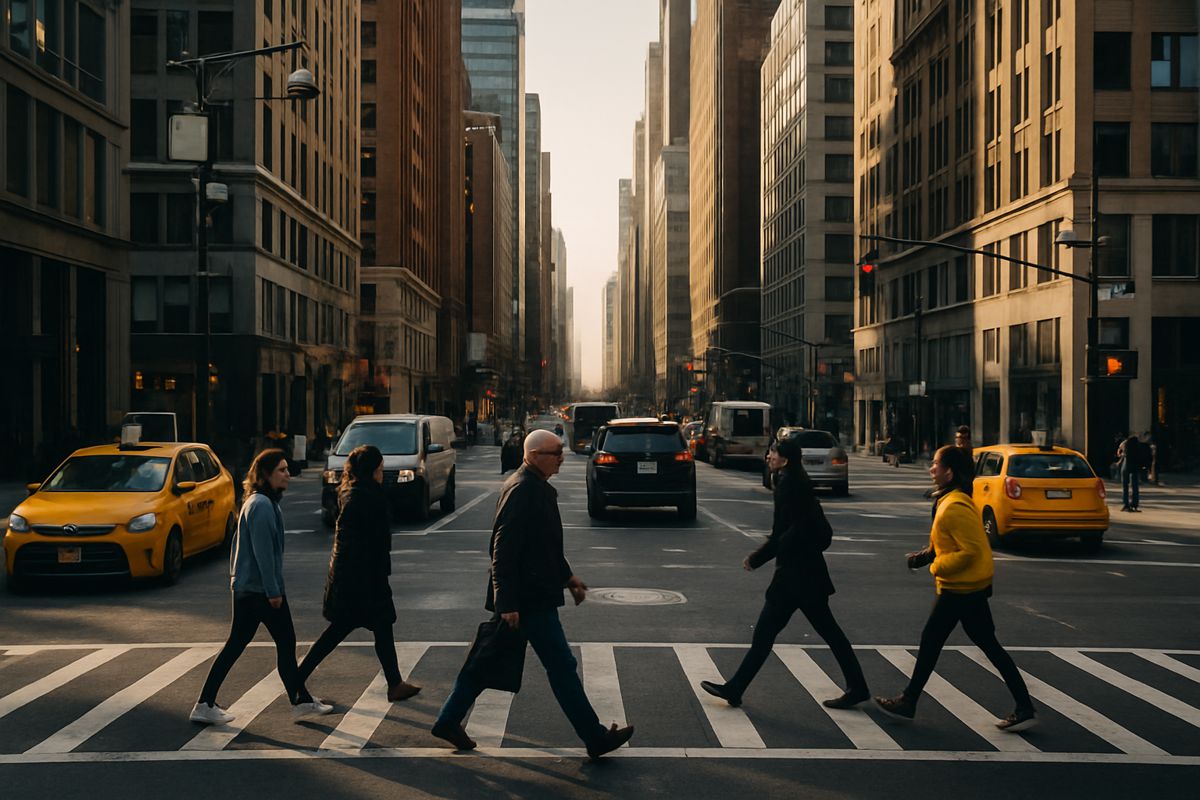European-wide study investigated the main causes of motorbike and bicycle accidents
A FOUR YEAR investigation into hundreds of accidents across Europe has gathered in-depth crash data to determine the biggest factors involved in motorbike and bicycle accidents.
Seven teams of researchers, from the UK, Netherlands, Italy, France, Poland and Greece, pored over collision reports, coroner’s findings and mechanical and medical information gathered between 2015 and 2018.
The investigators recorded more than 200,000 pieces of crash data and visited sites, interviewed riders and police, and compiled a comprehensive database of hundreds of variables and factors involved in more than 500 fatal, serious and slight collisions.
The project, SaferWheels, funded by the European Commission, looked a total of 385 motorbike cases, 116 collisions involving bicycles and another 14 incidents involving electric-powered bicycles (e-bikes).
Professor Andrew Morris, of Loughborough University’s Design School, said: “Over the last 20 years, research on traffic safety and injury prevention has predominantly been focused on protecting car occupants, and with significant results.
“However, the number of fatalities and injuries for motorcyclists has not really declined during that time.
“In 2014, 26,000 people died and more than 203,500 were seriously injured on the roads of Europe.
“That same year, to combat the growing number of serious injury motorbike crashes, the European Commission asked us to investigate the causes of collisions involving powered two-wheelers (motorbikes) and bicycles across the European Union.
“The objective was to gather as much information as we could from in-depth crash investigations, obtain accident causation and medical data for those crashes, and to store it for future analysis.
“Around 400 data-fields were collected for each individual accident which made it one of the most comprehensive studies of such accidents in recent times.”
Collision database
A comprehensive database has been created with all of the information gathered.
It includes details about collision speeds, injuries, ages of riders, the presence of drink and drugs, motorbike type and engine size and scores of other factors related to the rider, vehicle, location and circumstances.
During the study, researchers found that almost half (47%) of all accidents investigated involving motorbikes and bicycles resulted in serious or fatal injuries.
The three most common accident scenarios for fatally and seriously injured riders were:
- Where the opponent vehicle is turning left (or turning right in the UK) and the motorcycle or bike is going straight and is coming from the opposite direction.
- Crossing scenario where the motorcycle or bike was perpendicularly coming from the right side of the opponent vehicle.
- Single vehicle accidents: Of these, 64% lost control of their motorbike on a curve/bend – 25% of fatally and seriously injured riders were involved in single-vehicle accidents.
Speed was a factor in accidents for 22% of motorbike riders who were judged to travel at a speed too high for prevailing traffic and environmental conditions.
Alcohol intoxication was found for only 4% of riders, 6% of bicyclists and 2% of other vehicle drivers.
Mechanical defects were also rare
Only 4% of the vehicles were considered to be in poor condition, though these did not necessarily contribute to the accident.
However, the most common identified defects involved tyres and brakes.
Contrary to popular perception, the project found that more accidents happened on straight roads, away from junctions, rather than at junctions where other vehicles pose a risk to riders by pulling out in front of them.
Recommendations
The study recommended a number of measures for improving safety.
Changing rider behaviour and attitudes towards travelling at high speed, wearing crash helmets and protective clothing were judged important, as was educating other road users to potential risks of collision with motorbikes or bicycles.
Prof Morris said: “These types of crashes are typically a result of several factors relating to the rider, other road users and their vehicles as well as infrastructure and other elements.
“There is no single measure that will prevent all crashes, however, measures such as compliance with speed and alcohol consumption limits, restrictions on mobile phone use, as well as infrastructure design factors, would be expected to be of benefit to all road users.”
Research partners
- Loughborough University, Design School (lead) – UK
- SWOV, Institute for Road Safety Research – The Netherlands
- CEESAR, Centre Européen d’Etudes de Sécurité et d’Analyse des Risques – France
- CERTH-HIT, Centre for Research and Technology Hellenic Institute of Transport – Greece
- CTL, Centre for Transport and Logistics – Italy
- ITS, Motor Transport Institute – Poland
- NTUA, National Technical University of Athens – Greece

























